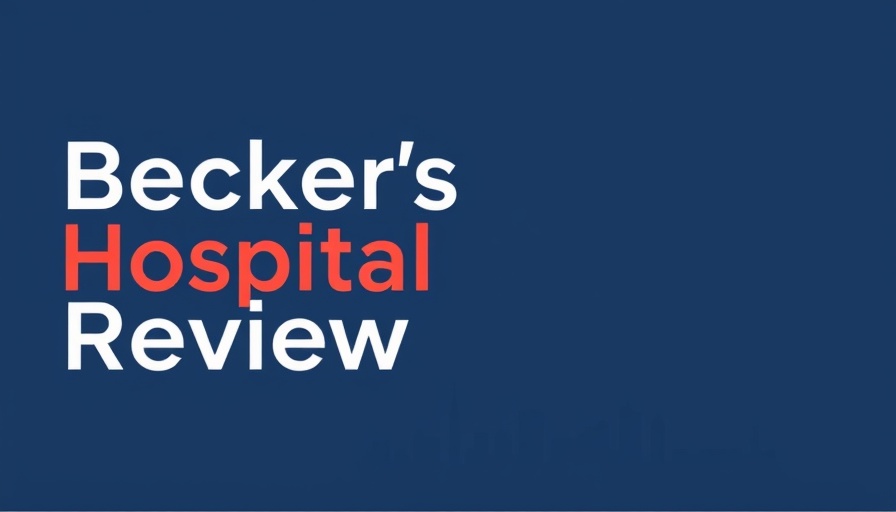
The Impact of UVM Health's Job Cuts on Healthcare Accessibility
In a significant shift reflecting fiscal challenges in the healthcare sector, UVM Health, based in Burlington, has recently eliminated 146 positions, both vacant and filled. This move comes on the heels of other budgetary measures, including the recent cessation of performance-based pay for leadership roles. The vast majority of the affected positions were within the health system's shared services team.
Navigating Budget Cuts: A Growing Trend in Healthcare
UVM Health's decision is not an isolated event; similar budget cuts are being witnessed across the healthcare landscape nationwide. With ongoing financial pressures, roots tracing back to the recently passed One Big Beautiful Bill Act—which slashes nearly $1 trillion from Medicaid funding—the implications for health systems are profound. Many healthcare leaders are bracing for a squeeze on resources that could lead to increased staffing challenges and diminished service availability, impacting community health.
Continued Support for Affected Employees
Despite the layoffs, UVM Health is active in its support for impacted employees. The organization is facilitating measures to enable affected staff members to transition into other available roles within the health system. Dr. Sunny Eappen, president and CEO of UVM Health Network, stresses the importance of minimizing disruptions to patient care even while making tough decisions to support long-term affordability goals.
Potential Effects on Patients and Community Services
The cuts at UVM Health come amidst a broader context of evolving healthcare needs. With the threat of legislation leading to a potential loss of healthcare coverage for thousands, it's crucial to explore how health systems can maintain service quality. Ensuring affordable patient care should not come at the expense of workforce stability or the community’s health needs.
Emphasizing Efficiency in Health Practices
UVM Health's recent actions will require a reevaluation of operational efficiency across various facets. This can present an opportunity for independent practices and community healthcare providers to explore solutions such as practice automation, telehealth revenue models, and enhanced patient engagement tools. By adopting advanced technologies and refining workflows, healthcare providers can mitigate some of the adverse effects of budget cuts, ensuring streamlined operations while improving patient care.
The Bigger Picture: How Legislation Affects Healthcare
In light of the impending Medicaid cuts due to the One Big Beautiful Bill act, healthcare systems like UVM must prepare not just for the immediate fallout but also for the longer-term ramifications on healthcare access and quality. What does this mean for independent practitioners who rely heavily on Medicaid reimbursements? It emphasizes the need for further innovation in patient care models, perhaps through remote therapeutic monitoring or alternative payment models backed by Medicare. As practitioners navigate these challenges, the potential for growth in independent pharmacy profitability and senior care solutions can emerge, demonstrating resilience in the face of adversity.
Conclusion: The Call for Strategic Adaptation in Healthcare
The recent job cuts at UVM Health are a wake-up call for the entire healthcare system. As practitioners and health systems grapple with financial constraints, it's imperative to adopt strategies that not only cushion the impact of ongoing changes but also promote sustainability in service delivery. By focusing on automation, regulatory compliance, and creative patient engagement strategies, the community can adapt and thrive amidst the complex landscape of modern healthcare. Stand firm, stay innovative, and always prioritize the patient experience as we navigate out of these turbulent waters.
 Add Row
Add Row  Add
Add 




Write A Comment